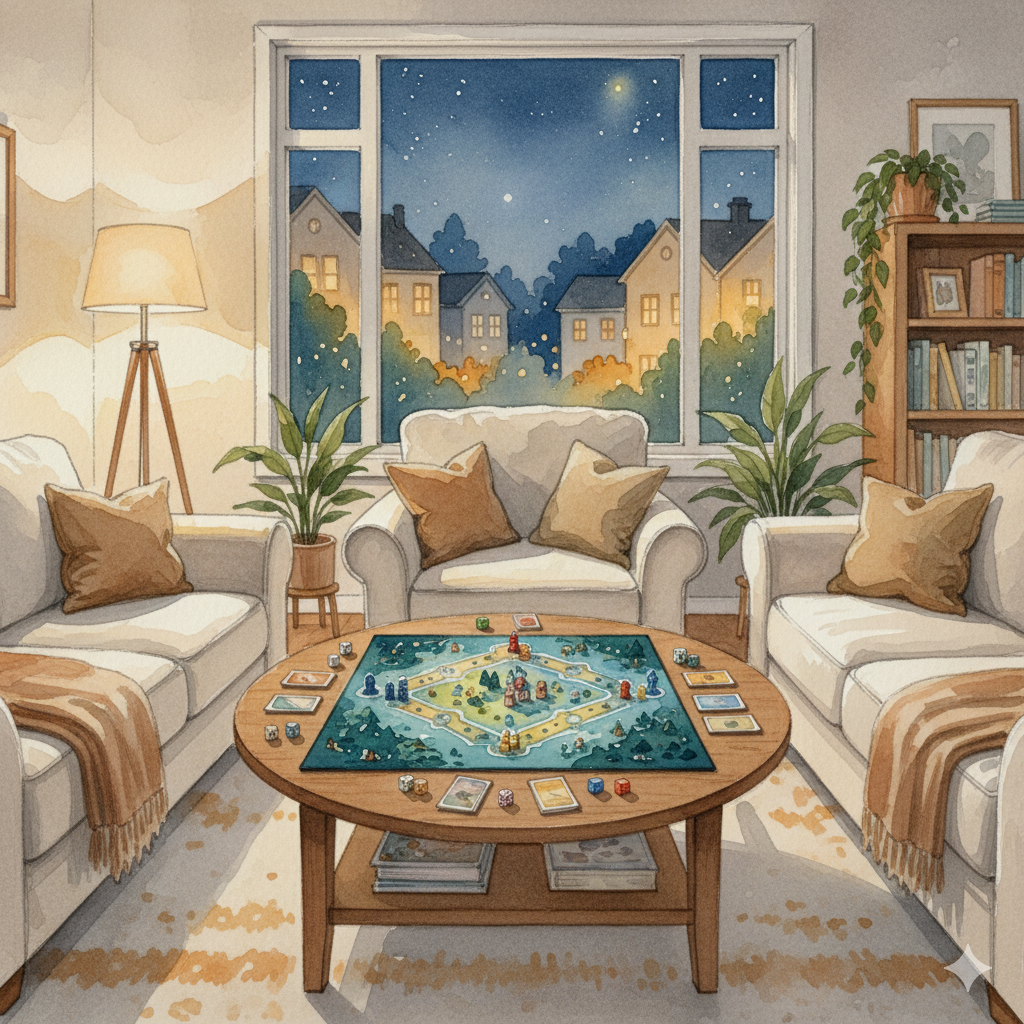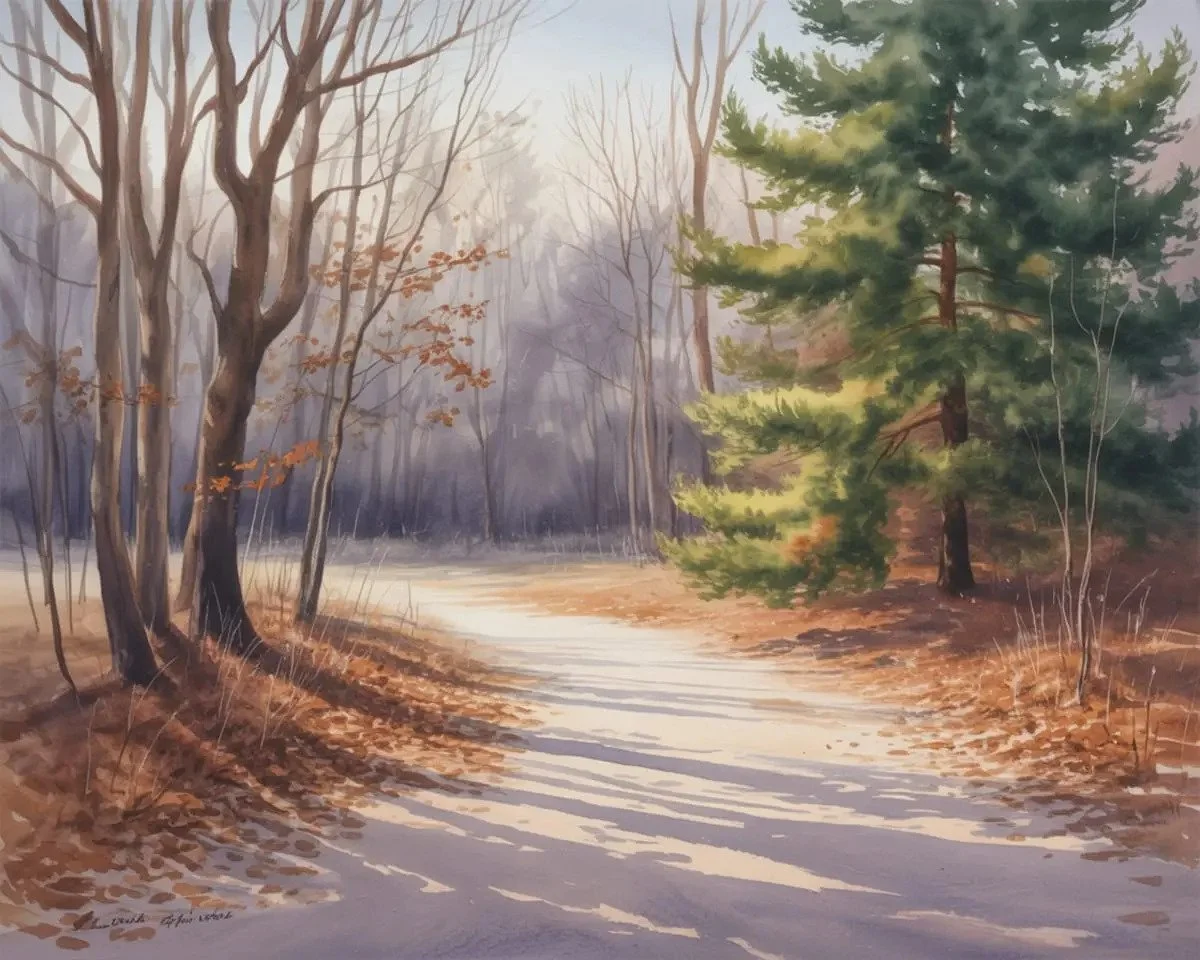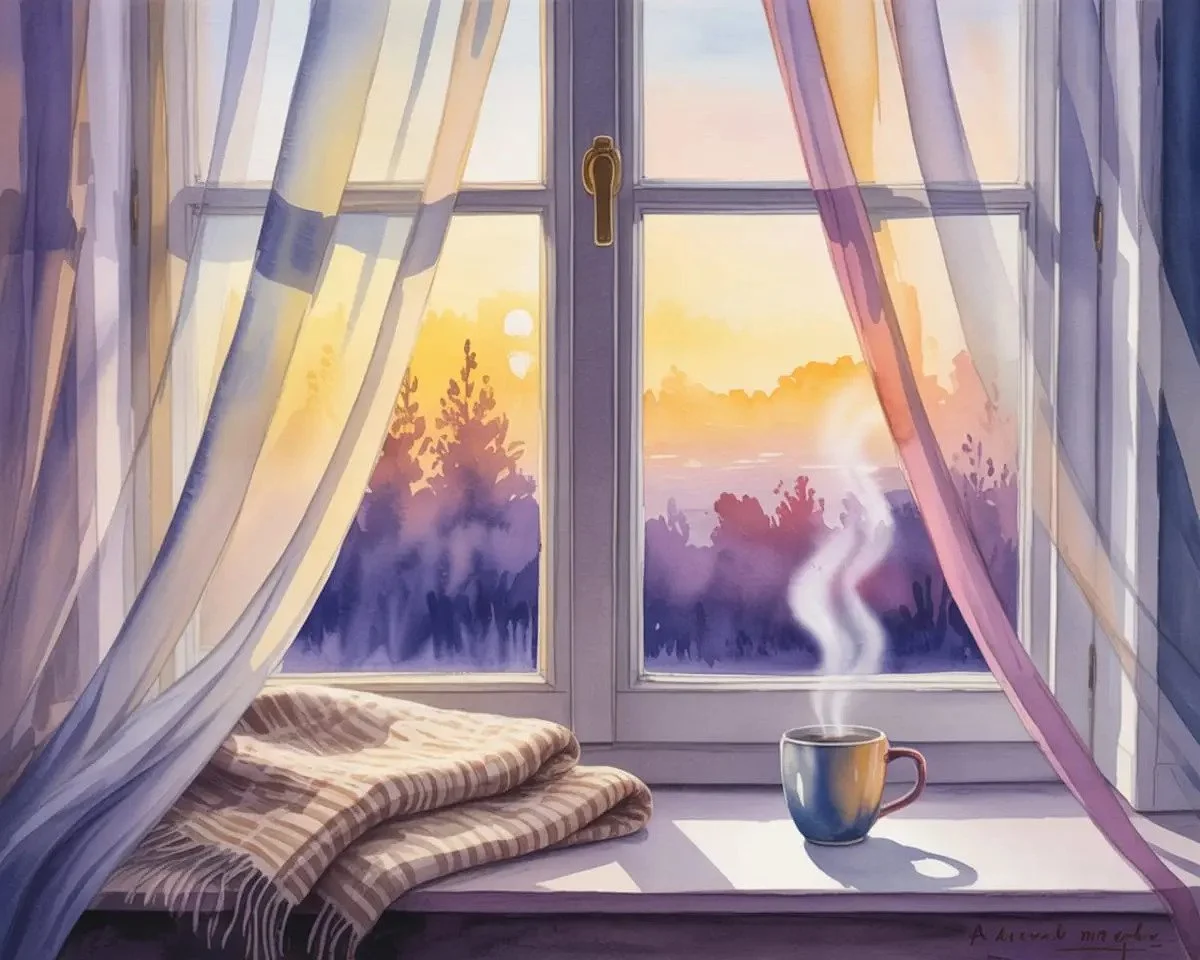How to Diwali
I quietly tip-toed through the living room while trying not to wake my parents, who I could hear snoring loudly, or my sister, who was sleeping deeply.
I sat down gently in front of the makeshift altar we had set up the evening before, to check if the candle was still burning. It was.
My focus then shifted towards the savory and sweet snacks sitting on the floor. My eyes widened first, followed by my mouth as I indulged without restraint. With both hands.
A few hours later, when my mom woke up and came to say good morning, she could see the crumbs painted on my cheeks and the look of guilt on my face. She smiled.
My sister then made an appearance and started to complain about how her favorite treats were no longer there. She had been saving them, not for me, but for the morning after.
This was the scene from my childhood, the day after Diwali.
Diwali, often referred to as the Festival of Lights and the New Year celebration in the Indian calendar, is still a significant celebration in my life.
Not so much for its religious association, but for the nostalgia it brings. It takes me back to my childhood, to the joyous gatherings with family and friends, the delicious Indian food, and the vibrant colors of the festivities. And of course, the sweet taste of the morning after.
Diwali is a celebration of togetherness and of community. Growing up each year, our house was full of family and friends. It included those who both celebrated Diwali and those who had never heard of it before. That’s why it is no surprise that last night, I hosted my own Diwali celebration in Lisbon, with my close and new friends here.
Diwali symbolically represents the triumph of light over darkness. It's a time to reflect on the past year, to let go of any negativity, and to welcome in positivity and light.
What others can take from Diwali, regardless of their cultural or religious background, is the universal message of hope and resilience. It's a reminder that even in the darkest times, there is always a light at the end of the tunnel.
During the course of this past year, I have found myself in periods of darkness.
Regardless of the reason, those moments were painful and when I reflect back on how I transitioned from darkness to light, there were a few key ingredients that were constant.
The first was space. Be it a trip away for a few days, time to reflect with my journal, therapist or close friends, or just giving space to whatever I was feeling or experiencing. With space, light started to appear.
The second was connection. Be it with people around me, people familiar to me, or even with a purpose or meaning greater than myself. With connection, I get reminded of what I have forgotten but needed to know.
The third was compassion. Be it by having a good cry to release the emotion, taking inspiration from someone else’s story or doing something nice for myself even when I didn’t feel I deserved it. With compassion, love reappeared. Always.
In the embrace of Diwali, there's a silent acknowledgment of life's fleeting nature.
Each candle, with its brief but bright burn, is a gentle reminder that while moments are temporary, their beauty doesn't have to be. Another reminder of the fleeting beauty around us is the use of fireworks or sparklers to paint the dark sky with lights.
It's a celebration that reminds me of the art of cherishing the present, illuminating the ordinary, and finding the extraordinary in everyday life.
Diwali is a festival that doesn't just light up the world but also ignites a spark within, a reminder to carry a bit of this positivity forward, long after the last lamp has flickered out.
And the morning after, when the guests have departed and the sun has risen to shine light on everything, there’s a peaceful sort of clarity I feel.
The memory of the celebration lingers, a reminder to choose hope over despair and light over darkness.
And this is how I learned how to Diwali.






